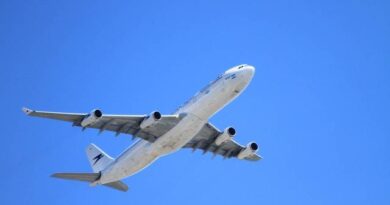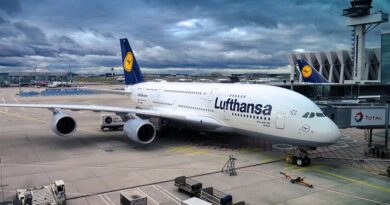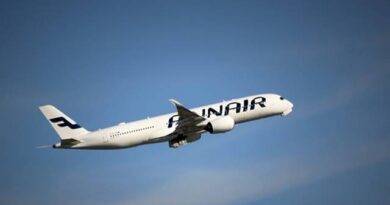Skunkworks: The Brains Behind The Brilliant Works of Lockheed Martin
Lockheed Martin’s Advanced Development Programs, also known as Skunkworks is an Aircraft Manufacturer which is accountable to some of the most successful aircraft designs in the world. Not only the P-38 Lightning (in 1939) and the P-80 Shooting Star (in 1943) but also U-2, SR-71 Blackbird, F-117 Nighthawk, F-22 Raptor, and F-35 Lightning II, which are some aircrafts used by several of countries’s air forces, are developed by Skunkworks engineers.
To briefly inform our readers about this establishment, Skunkworks name is based on the Moonshine Factory from a comic called Li’l Abner and the Skunkworks. The company used this name in a smart way in business, engineering and technology fields to get autonomy to mention an organisation which gives them the freedom they want.
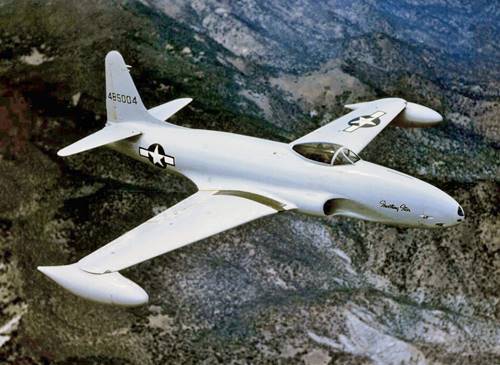
source: commons wikimedia
Underlying History of Skunkworks
There are a few different stories about the origin of Skunkworks, but we will tell you the story in their autobiographies. Skunkworks was set up with an interesting backstory by Ben Rich and “Kelly” Johnson in June 1943, in Burbank, California.
Army Air Force’s ATSC (The Air Tactical Service Command) prepared a meeting with Lockheed Aircraft Corporation to declare an emergency for a Jet Fighter. Thanks to the big threat of German jets, Lockheed found a priceless opportunity to reach the British Goblin, the most powerful jet engine of the Air Force.
Just a month later in the meeting of ATSC and Lockheed Corporation, Lockheed Corporation’s young but successful engineer “Kelly” Johnson and other engineers came up with the XP-80 project. And just two days later, starting permission was given to Lockheed and this permission was the birth of the Skunkworks and “Kelly” Johnson was put to the management of the division.
The XP-80’s formal contract hadn’t reached Lockheed until four months after the job started. But this was just a beginning for the Skunkworks, because many of their future customers would do the same thing.
In spite of all the misfortunes, the crew of “Kelly” Johnson overcame the tough situation during the development of the XP-80 in 143 days, which meant that the project was completed 7 days earlier than required.
Lockheed was requested by Lieutenant Benjamin S. Kelsey (later air force brigadier general) to build a high altitude fighter with high speed for the US Army Air Corps to deal with German Aircrafts while Warren M. Bodie (journalist, historian, and SkunkWorks engineer from 1977 to 1984) wrote few things about Skunkworks’s engineering independence, elitism and privacy. In July 1938, almost all of the crew of Skunkworks were busy to deal with a British contract to build Hudson reconnaissance bombers and just a group with a few people were tasked with the building the first prototype of P-38 Lightning.
Kelly Johnson separated the people who were working in this project from the rest of the factory and limited them. In a private way, high technology features were used in this project with a big structural revolution where the aluminium skin of the aircraft was joggled, fitted and flush-riveted. As a result of this revolution it enabled them to have less aerodynamic drag and greater power than usual aircrafts also these advantages came with lighter weights. And this results conduced to one of the greatest achievements, the first 400 mph fighter in the whole world.
In November 1941, Kelly and his team took an unofficial approval from Kelsey for a new drop tank for P-38 to extend range for the fighter and they did all those things without signing any contract or official papers. By the time this drop tank was officially wanted by the Army Air Forces, they already had the thing the Air Forces wanted.
Some of the engineers who are independent-minded later work with the XP-80 project, the prototype of the P-80 Shooting Star. Also the first Native American female engineer, Mary G. Ross was among them.
In 1955, with the intention of flying over the Soviet Union to take photographs of strategic zones, the CIA made a request to Skunkworks to build a spyplane which is known as the U-2. Joseph F. Ware, Jr. was at the helm for the tests which happened on the Groom Lake in the Nevada desert on July 4 1956.
Also Kelly Johnson headed the Skunkworks Aircraft until 1975. And then he succeeded the chair of the manager of Skunkworks to Ben Rich.
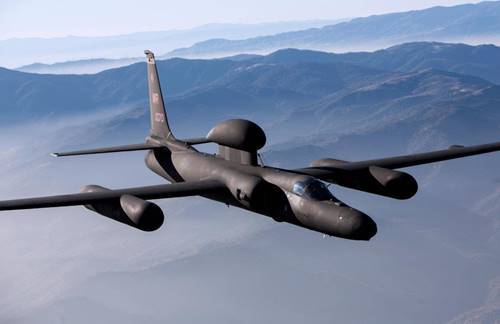
source: kokpitteyiz.com
Projects and Aircrafts Developed by Skunkworks
Aircrafts
- Lockheed P-38 Lightning (unofficial)
- Lockheed P-80 Shooting Star
- Lockheed XF-90
- Lockheed F-104 Starfighter
- Lockheed U-2
- Lockheed X-26 Frigate
- Lockheed YO-3
- Lockheed A-12
- Lockheed SR-71 Blackbird
- Lockheed D-21
- Lockheed XST (Have Blue)
- Lockheed F-117 Nighthawk
- Lockheed Martin F-22 Raptor
- Lockheed Martin X-35 and Lockheed Martin F-35 Lightning II
- Lockheed X-27
- Lockheed Martin Polecat
- Quiet Supersonic Transport
- Lockheed Martin Cormorant
- Lockheed Martin Desert Hawk
- Lockheed Martin RQ-170 Sentinel
- Lockheed Martin X-55
- Lockheed Martin SR-72
- Lockheed Martin X-59 QueSST
Others
- High beta fusion reactor
- Sea Shadow
